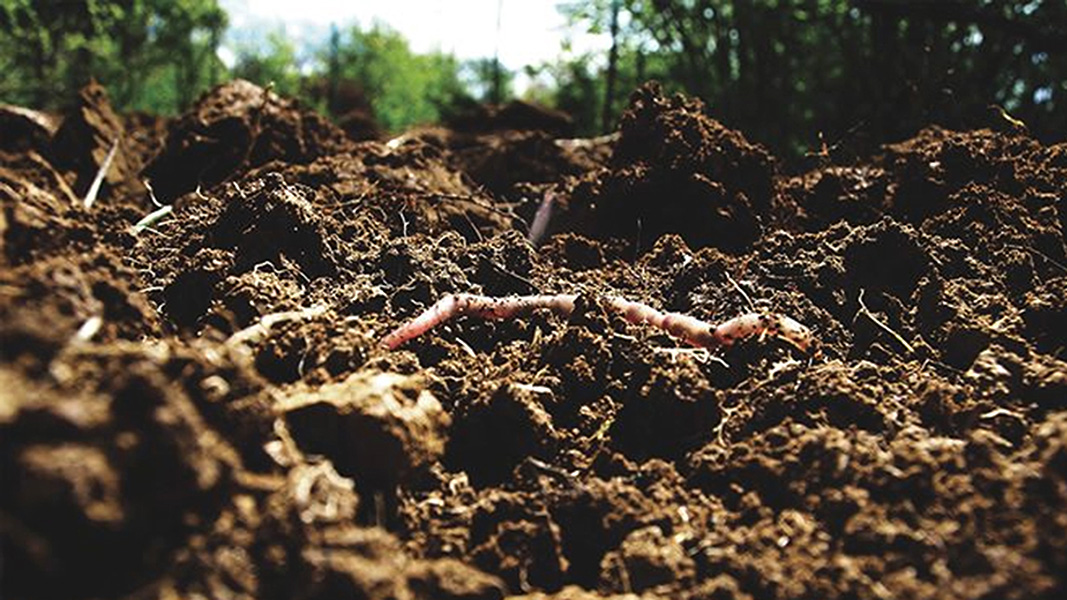Using U.S. Department of Agriculture (USDA) data on county-wide corn yields, a Yale University research team determined that increasing soil organic matter (SOM) by one percent would reduce the average proportion of liabilities under severe drought conditions by 36%. It would also increase corn yields by roughly 35 bushels per acre, they estimate, or roughly one ton. The researchers — Dan Kane, Mark Bradford, Emily Oldfield and Stephen Wood — outline how higher levels of SOM improve water retention, which can mitigate crop yield losses from drought. “If insurers were to include oft-omitted data on soil health when determining premiums, insurance liabilities could drop considerably, while food security increases,” they note. “With the largest U.S. crop — corn — conservatively estimated to drop in yield anywhere from 20% to 80% due to extreme weather exacerbated by climate change, insurance claims may skyrocket to levels that may not be sustainable. Adds Kane: “It’s been commonly thought for a while that if you have more soil organic matter, you are more drought resilient. What we’re able to show is data backing this — and how much more resilient the crops can be in more severe weather conditions.”
The team used data from “12,376 county years” in the U.S. to document how counties with higher SOM are associated with greater yields, lower yield losses, and lower rates of crop insurance payouts under drought. Their paper, “Soil organic matter protects US maize yields and lowers crop insurance payouts under drought” (Daniel A Kane et al 2021 Environ. Res. Lett. 16 044018), provides this summary:
“Under severe drought, an increase of 1% soil organic matter was associated with a yield increase of 2.2 ± 0.33 Mg ha−1 (32.7 bu ac−1) and a 36 ± 4.76% reduction in the mean proportion of liabilities paid. Similar, yet smaller, effects were found for less severe levels of drought and this effect was reduced as soil clay content increased. Confirmatory pathway analyses indicate that this positive association of soil organic matter and yields under drought is partially explained by positive effects of soil organic matter on available water capacity and cation exchange capacity, but that soil organic matter may be imparting yield protection via mechanisms not fully captured by those metrics. Overall, our results suggest soil organic matter predicts yield resilience at regional scales in the United States. We argue that data on soil organic matter should be used in agricultural policy and financial planning, with our analyses providing quantitative evidence of the co-benefits of soil organic matter believed fundamental to advancing soil health and carbon sequestration initiatives.”
An article on the research study posted on the Yale School of the Environment’s website, “The Dirt on Crop Insurance,” explains that the current system for providing crop insurance is complex. The Federal Crop Insurance Program, which is partially subsidized by federal dollars, very strictly controls insurance premiums and which local insurers can sell and service insurance policies. Kane notes that these premiums are typically determined by historical yield data, which may prove ineffective when faced with increasingly variable and extreme weather. According to fellow researcher Mark Bradford, “there need to be other factors added to the equation, and the soil itself seems an obvious one for land-based agriculture.” He adds that the USDA data also identifies counties where corn has not been a successful crop.













